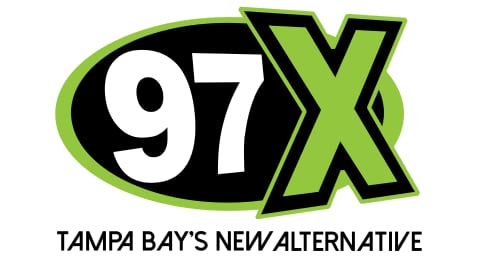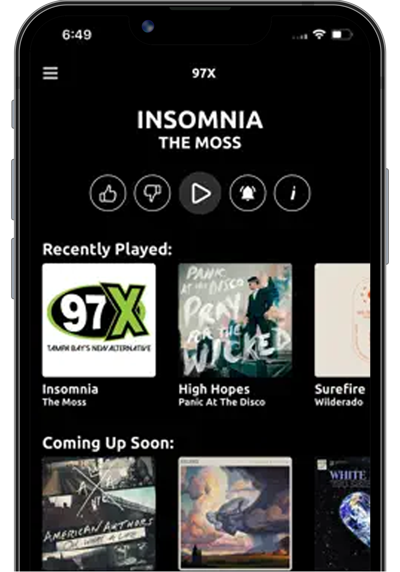LONDON — The last coronation of a king in the United Kingdom occurred nearly 86 years ago.
King George VI was formally crowned on Wednesday, May 12, 1937, at Westminster Abbey in London. The same centuries-old rituals were in place on Saturday for his grandson, Charles III.
“At a coronation in Westminster Abbey we are partakers in a thousand years,” H.R. Shaw wrote in the Liverpool Daily Post the day after George VI’s ceremony.
Tradition was needed when George VI was crowned, as the country was still reeling from the abdication of his older brother, Edward VIII.
And “Bertie,” as George was called, was equal to the task. His coronation was a dignified affair and his interaction with the public afterward was a reassuring balm to British subjects as the storm clouds of World War II were gathering.
Albert Frederick Arthur George was born on Dec. 14, 1895, at York Cottage, Sandringham. He was born on the 34th anniversary of the death of his great-grandfather, Prince Albert, the consort to Queen Victoria.
George VI and his wife, Elizabeth Bowes-Lyon, were married on April 26, 1923, at Westminster Abbey, according to the abbey’s website. She was the daughter of the Earl of Strathmore.
Fourteen years later, they were again in the fabled abbey, with the Archbishop of Canterbury crowning George VI.
According to The Illustrated Leicester Chronicle, the coronation assumed “an entirely new significance through broadcasting and the ubiquitous newsreels.” It marked the first time that a coronation had been broadcast over the radio.
George was a well-liked member of the royal family who never thought he would become king.
He fought as a young naval officer at the Battle of Jutland during World War I and was the first member of the royal family to learn to fly.
The day of the coronation was originally chosen for George’s brother, Edward VIII, who instead abdicated the throne several months earlier so he could marry American divorcee Wallis Warfield Simpson, according to Biography.com.
On the day of George VI’s coronation, his older brother was in France at the medieval Chateau de Cande, knitting a blue pullover sweater for “the woman I love,” The New York Times reported in 1937. The Duke of Windsor played golf during the day and later listened to his brother’s coronation speech, according to the newspaper.
Edward VIII reportedly sent a congratulatory telegram to George VI, the Times reported.
Media coverage of George’s coronation was intense and positive.
Travis Stanhope wrote in the Birmingham Gazette that the king was “no highbrow.”
“The man is no way superficial,” Stanhope wrote on the day of the coronation. “At the core, he is serious and sober-minded.”
The first documented coronation at Westminster Abbey occurred on Dec. 25, 1066, when William the Conqueror was crowned. Since then, only two monarchs have not been crowned at the abbey. Edward V was 12 years old and only king for two months in 1483 (April 9 to June 26); it is believed that he was murdered while imprisoned at the Tower of London later that year. Edward VIII abdicated before his coronation.
George VI’s ceremony had seating for 7,700 at Westminster Abbey, the Central Somerset Gazette reported in May 1937. The processional was lined with a 173-foot-long carpet of blue chenille.
The trip from Buckingham Palace to Westminster Abbey was 6½ miles long as the royal coach took a winding route, the newspaper reported.
During the ceremony, Cosmo Gordon Lang, the 72-year-old Archbishop of Canterbury, solemnly placed the St. Edward’s crown on George’s head.
“God crown you with a crown of glory and righteousness, that by the ministry of this our benediction, having right faith and manifold fruit of good works, you may obtain the crown of an everlasting kingdom by the gift of Him whose kingdom endureth forever,” Lang said.
That night, the newly crowned king spoke to the nation in a radio broadcast, delivering the speech “clearly and slowly,” the Liverpool Daily Post reported.
“Never has a newly crowned king been able to talk to all of his peoples on the day of his coronation,” George VI said. “I rejoice that I can now speak to you all, wherever you may be, greeting old friends in distant lands, and, as I hope, new friends in those parts where it has not yet been my good fortune to go.”
The procession back to Buckingham Palace ended in a “deluge,” according to the Liverpool Daily Post.
The king and queen stepped out onto the balcony at the palace to acknowledge the cheering throngs four times that night, the last appearance coming at 11:30 p.m. They stood and waved to the crowd before returning inside the palace and retiring for the night.
“Gorgeous Ritual in Westminster Abbey,” The Shepton Mallet Journal reported the next day.
Information from newspaper archives was used in compiling this story.
©2023 Cox Media Group

:quality(70)/cloudfront-us-east-1.images.arcpublishing.com/cmg/QP6AYVUD5RFN3L6UJ7RZKGVVVM.jpg)
:quality(70)/cloudfront-us-east-1.images.arcpublishing.com/cmg/FM7EMNAOMRC3ZPM5QNUBSJP5B4.jpg)



:quality(70)/cloudfront-us-east-1.images.arcpublishing.com/cmg/5KRWSKTPSNFTTHWGC5V3K2FQJQ.png)
:quality(70)/cloudfront-us-east-1.images.arcpublishing.com/cmg/V6APUI3KNRHSNIJWP4N7V22FG4.png)
:quality(70)/cloudfront-us-east-1.images.arcpublishing.com/cmg/SP3DAAY4QNF63J3KZHTUTZ47CY.png)
:quality(70):focal(498x263:508x273)/cloudfront-us-east-1.images.arcpublishing.com/cmg/X3A4ZICQCNCPZILRTV4AYF2V5I.jpeg)
:quality(70):focal(484x278:494x288)/cloudfront-us-east-1.images.arcpublishing.com/cmg/6WYSWMSREJCH5IART6DD5YBMFA.jpg)
:quality(70):focal(471x288:481x298)/cloudfront-us-east-1.images.arcpublishing.com/cmg/772KXG66WJF7FARGTACXNKL7LY.jpeg)
